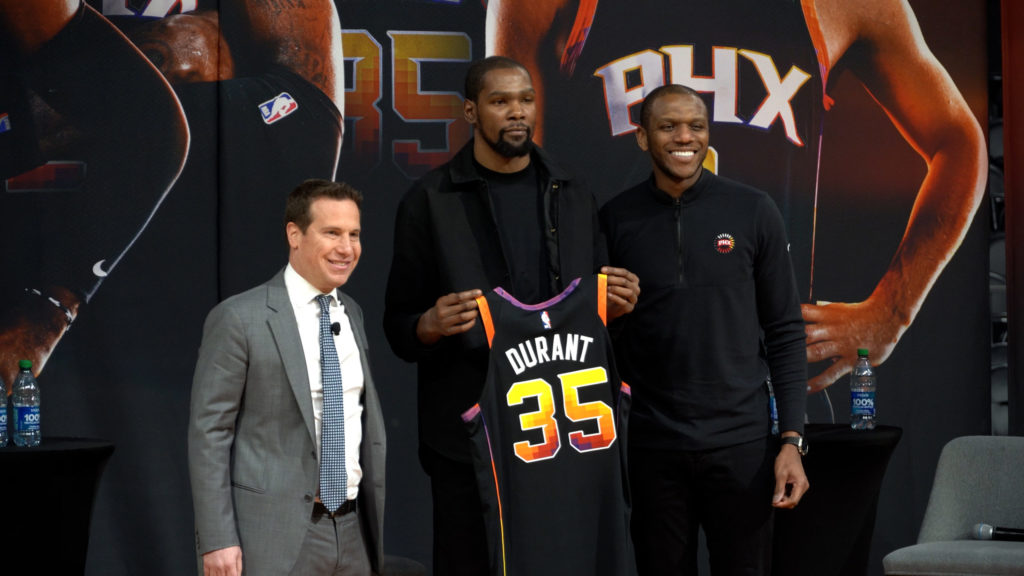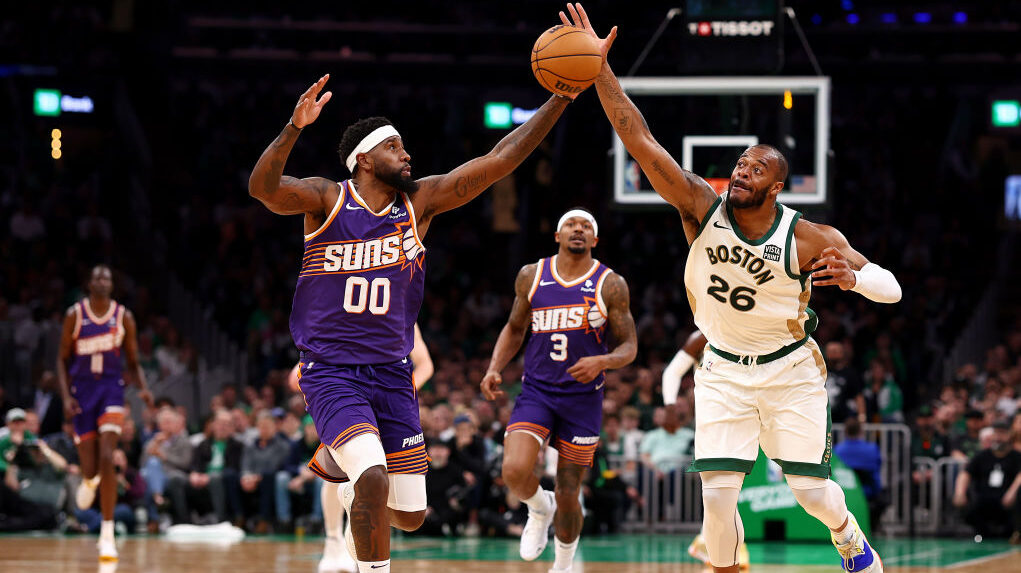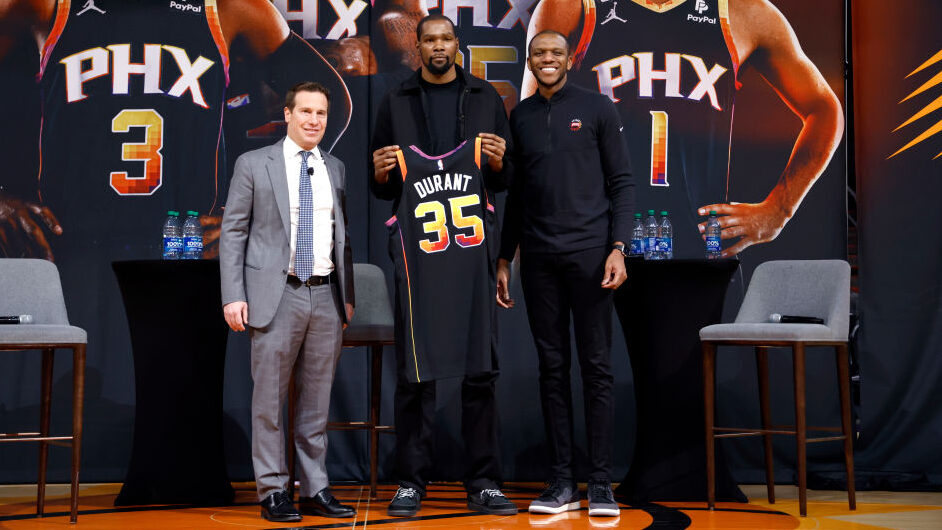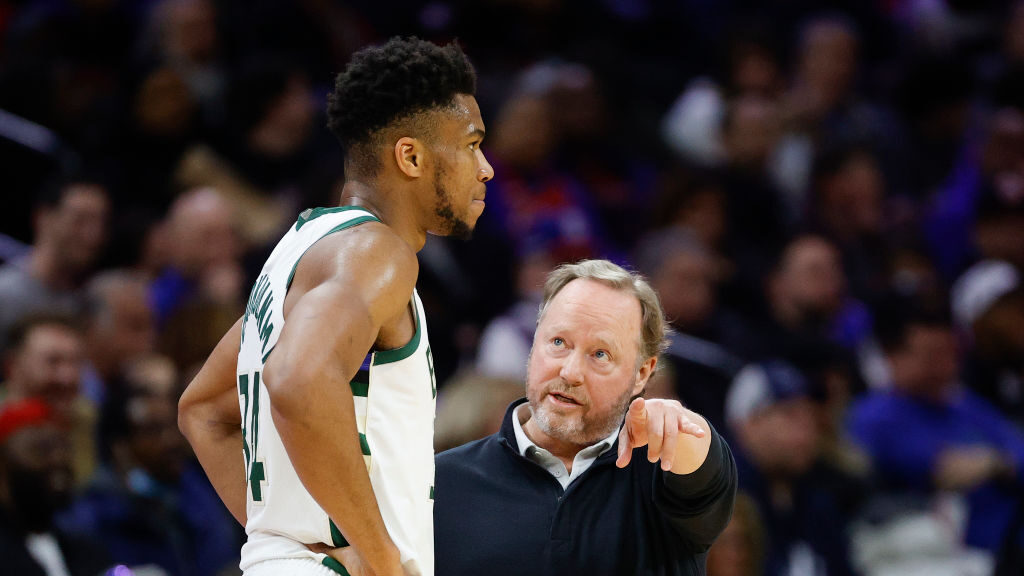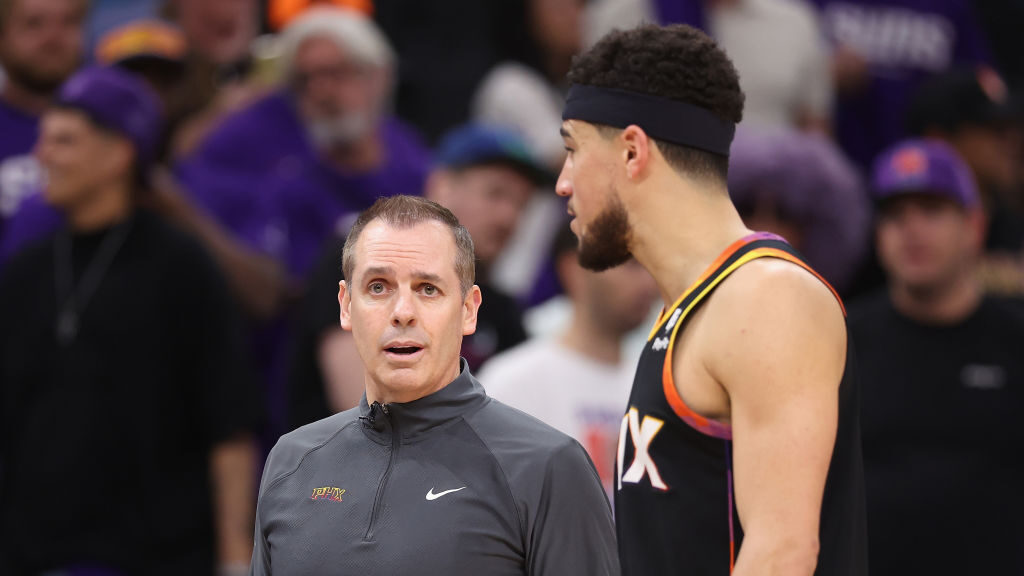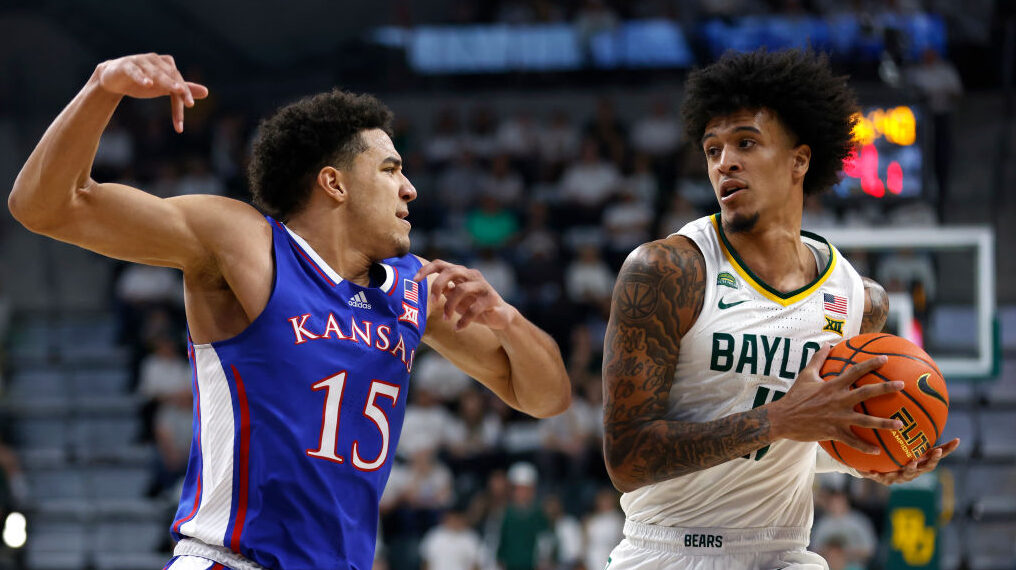Seven point guards for Suns fans to know in the 2024 NBA Draft
May 6, 2024, 12:31 PM
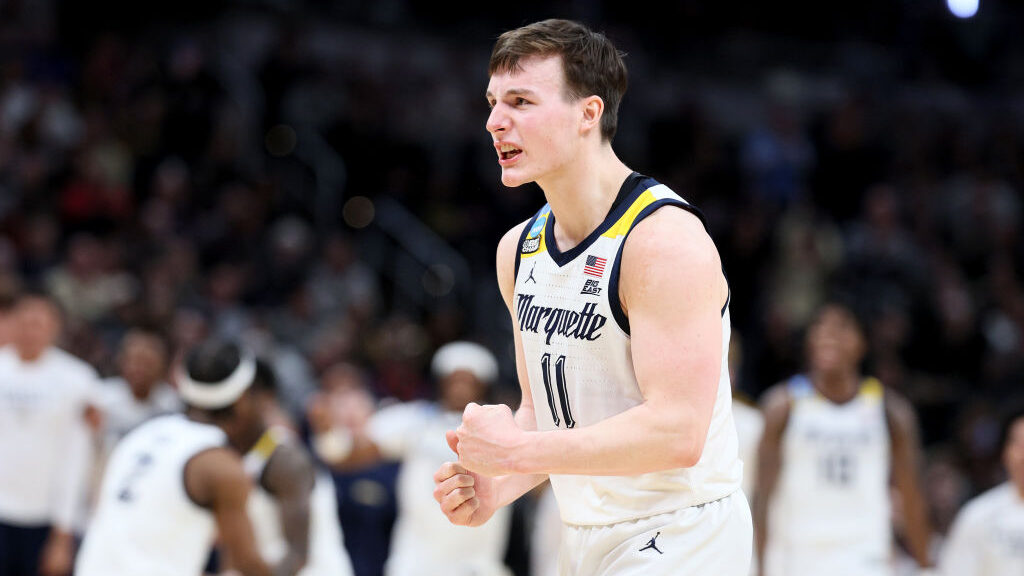
Tyler Kolek #11 of the Marquette Golden Eagles celebrates after defeating the Colorado Buffaloes in the second round of the NCAA Men's Basketball Tournament at Gainbridge Fieldhouse on March 24, 2024 in Indianapolis, Indiana. (Photo by Andy Lyons/Getty Images)
(Photo by Andy Lyons/Getty Images)
Well, well, well, the Phoenix Suns have a pick in the 2024 NBA Draft after all.
Owner Mat Ishbia postured with some defensiveness last Wednesday about how his team is portrayed in the media. His most fair point about how Phoenix has been basted with criticism came in pointing out that the Suns haven’t traded all of their draft capital. The league doesn’t allow that, and though the team has pick-swaps galore that push their selections down in the draft order, they currently own the 22nd overall pick in 2024.
They can deal it, but not until draft night. Then, it and a 2031 first-rounder will become one of their few tradeable assets, but the timing and the second tax apron restrictions will severely limit the Suns anyway. There is a strong case for Phoenix to hold onto the pick and add a ready-to-go rotation player on a reasonable, long-term deal.
Point guard is their most pressing need. To be fair to president of basketball operations and GM James Jones, the assumption that the 2023-24 team easily could have nabbed a point guard was silly. Name an NBA player Phoenix could have reasonably traded for or signed and explain what assets it could have sent out to get that done if we accept the reality of Deandre Ayton and Chris Paul being shipped off.
This exercise again this offseason has a giant asterisk: Do you think the talent of a lukewarm draft will produce a rookie point guard who can handle ball pressure like the Suns needed against the Minnesota Timberwolves? Can that rookie command an NBA game’s pace and demand organization from guys named Kevin Durant, Devin Booker and Bradley Beal? Easier said than done.
It wouldn’t hurt to try though!
So let’s get into it: Who are the point guard prospects loosely outside of the lottery? Kentucky’s Rob Dillingham and Reed Sheppard, UConn’s Stephon Castle, USC’s Isaiah Collier, and Serbian Nikola Topic are all projected lottery picks.
What’s left as far as a safe pick to ensure the Suns find a rotation player? There are quite a few options with extensive college experience. Here’s a list of seven that fall in the general range of the 22nd pick, what the Suns need and what my limited college basketball-watching scope can cover.
Non-lottery point guards Suns fans should know in the 2024 NBA Draft
Jared McCain, Duke
Likely to be drafted ahead of the No. 22 pick, McCain doesn’t have elite shake but has a good enough handle and feel to be classified as a bigger point guard. He averaged 14.3 points per game, taking the majority of his attempts from beyond three, where he shot 41%. His feel showed in his 1.1 steals and 1.9 assists per game as well.
Warts: He has just one year of college experience where he was efficient as more of a spotup shooter and off-ball player without taking on the stresses of being a true on-ball decision-maker, unlike the rest of the players on this list. The passing on pick-and-roll looks flashy and natural, but there’s just not much of it in terms of actual production.
Tyler Kolek, Marquette
The T.J. McConnell archetype is real with Kolek, who like the former Arizona Wildcat transferred from a mid-major (George Mason) into a historic college hoops power and shined. Kolek checks all of the boxes as an efficient shooter who wasn’t streaky while getting up plenty of threes. He averaged 7.7 assists to 2.9 assists per game to explain his feel and passing ability. Like McConnell, his lack of traditional NBA explosion is made up for his ball handling and bounciness in the form of pace that helps him get into the paint.
Warts: How will his defense hold up if he is truly a starting-caliber point guard on the offensive end?
Devin Carter, Providence
The son of former NBA backup Anthony Carter — which might telegraph his style — is a physical dude at 6-foot-3 with a 6-foot-7 wingspan who brings tons of rebounding. The turnovers went up in 2023-24 with a larger offensive role, but his shooting clips of 47% overall and 38% from three on 6.8 attempts also made leaps.
Warts: He might be closer to a combo guard, but the Suns could surely use him as a physical point-of-attack defender. The ball handling limitations are a red flag considering the Suns’ most glaring issue on the surface of not having a point guard was about dribbling a basketball up the court.
Mark Sears, Alabama
Sears got it done in tons of tournament games and this past year averaged 21.5 points and 4.0 assists for the Crimson Tide. He shot 51% overall and 44% from deep, though the inside scoring could take a hit considering his 6-foot-1, 185-pound listing. Still, Sears got to the foul stripe (6.2 free throws per game) and was efficient and aggressive on both ends.
Warts: The size will limit his upside as a true starting-caliber guard on both ends of the court. More than a bigger guard like Kolek, he could be a major target for opposing offenses.
Reach options
Zyon Pullin, Florida
Credit to The Ringer’s Kevin O’Conner for naming Pullin as darkhorse prospect. Pullin made the jump to Florida after four years at UC-Riverside and at 6-foot-4 and more than 200 pounds, he has the size and defensive awareness to compete at the NBA level. He averaged 4.9 assists and just 1.3 turnovers per game while shooting 45% on 2.4 three-point attempts per game. While he struggled to finish at the rim (45% per Hoop-Math.com), Pullin did get to the foul line 5.8 times per game to demonstrate that he does get downhill.
Warts: More of a floor general than a press-breaker as a point guard, Pullin is a Malcolm Brogdon type of initiator. That might be OK considering the Suns’ roster.
Tristen Newton, UConn
It’s weird the two-time champion and 2024 Most Outstanding Player could be undrafted if we believe big boards, but that is indeed a potential projection considering where big boards list the 6-foot-5 guard. He averaged 15.1 points and 6.6 assists per game for the Huskies this past year, quietly going about his business with 20 points and seven dimes without a turnover in the title game.
Warts: Newton shot 42% overall and 32% from three in 2023-24. The optimist would look at his game logs, where his streakiness at least showed games where he took a high volume of threes (5.5 attempts per game). Enough went in to make him a threat.
Jamal Shead, Houston
If Sears is the undersized offensive upside guard, Shead deserves mention as the head of the snake for a Houston squad that went far behind an aggressive defensive scheme the past few years. He averaged 2.2 steals per game there, but he also was a true floor general at 6.3 assists. Based off big boards, this is a major reach, but you reach for battle-tested leaders who can play hardnosed defense and command an offense.
Warts: Shead’s shooting never ticked above 31% from three or 42% overall, but he was a sneaky good 61% at the rim, and a huge chunk of that was self-creation.


